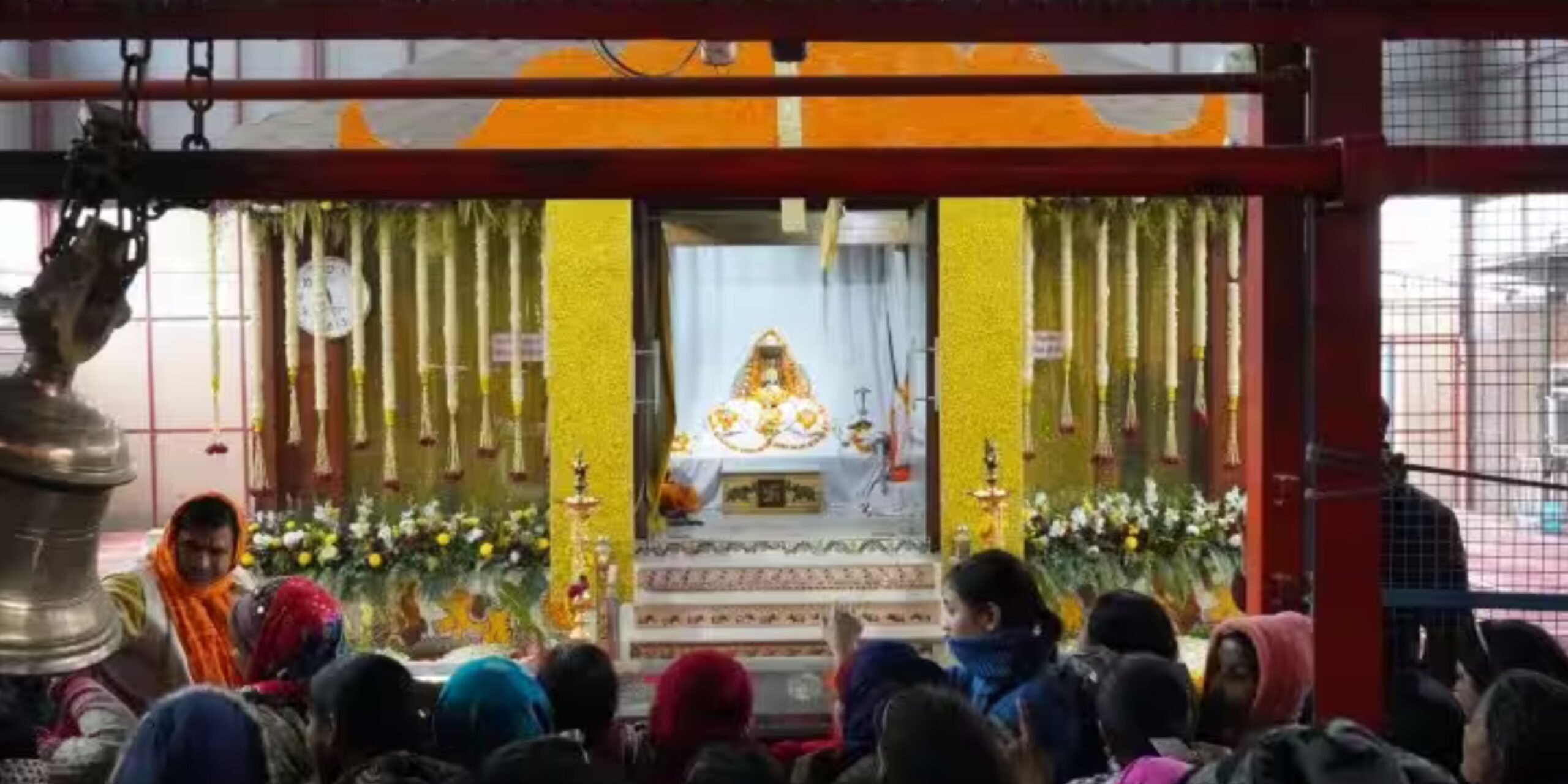Religious tourism boomed in India in last 5 years, pilgrimage became a boon for economy
Construction of Ram temple in Ayodhya expected to boost religious tourism further

The construction of Ram temple in Ayodhya is expected to give a major boost to religious tourism in the region. UP Chief Minister Yogi Adityanath has predicted that tourism in Ayodhya will increase 4 times after the temple construction. The consecration ceremony for the temple is scheduled on 22 January, and devotees from across India and abroad are reaching Ayodhya to witness this historic moment.
Religious tourism has opened new avenues for economic development in India in recent years. The niche market comprising domestic and international tourists visiting religious sites has expanded rapidly. Here we analyze the factors behind the growth of religious tourism and its impact on the Indian economy.
Diverse religious traditions attract tourists
India’s diverse religious traditions have always attracted millions of pilgrims and tourists. There are famous pilgrimage sites for all major religions including Hinduism, Buddhism, Jainism, Islam and Christianity. Places like Vaishno Devi, Tirupati, Golden Temple, Ajmer Sharif, Mahabodhi Temple, Sarnath see devotees throughout the year.
For middle class families, religious tours provide an opportunity to visit pilgrimage sites on a budget. The temple visits can be combined with local sightseeing.
Foreign tourists and NRIs contribute to foreign exchange
Many foreign tourists and NRIs visit India specifically for religious tourism. This provides significant foreign exchange earnings for the government. Buddhists and Jains from countries like China, Japan, Myanmar visit ancient sites in India like Sarnath and Kushinagar.
Domestic tourism contributes maximum
While foreign tourists are important, data shows that domestic tourists form the bulk of religious tourism. As per government data, 1731 million domestic tourists visited various pilgrimage sites in India in 2022. Over 30% of them travelled for religious tourism.
Economic benefits of religious tourism
Local businesses near pilgrimage centers are positively impacted due to tourism. Small businesses like flower stalls, eateries, transport providers earn significant revenue. When a site gains national/global fame, related sectors like hotel, transport, food etc. see rapid growth. This creates employment and business opportunities.
Government also earns higher revenue from increased sales and taxes due to tourist spending. Renovations and infrastructure development at major sites like Kashi Vishwanath Temple have already shown the potential economic benefits.
Key stats on growth of religious tourism
- Earnings from temples grew from Rs. 65,000 crore in 2021 to Rs. 1.34 lakh crore in 2022, as per government data.
- Over 40 lakh devotees visited Char Dham sites in Uttarakhand in 2022, up from 32 lakh in 2019.
- Varanasi saw 10 times increase in domestic tourists from 4.61 lakh in July 2021 to 40.03 lakh in July 2022.
- Foreign tourists to Varanasi rose 174 times from 72 in July 2021 to 12,578 in July 2022.
Government initiatives to boost religious tourism
The government has taken various initiatives to promote religious tourism including improving connectivity and infrastructure at pilgrimage sites and offering schemes like free pilgrimage for senior citizens. The focus has been on developing amenities and facilities for tourists.
However, more efforts are needed to address existing challenges like politics over religious sites, corruption, lack of facilities for disabled travelers etc.
Religious tourism has flourished over the past 5 years, making it a vital sector for the Indian economy. With the right policy push, India can establish itself as a global leader in this domain.